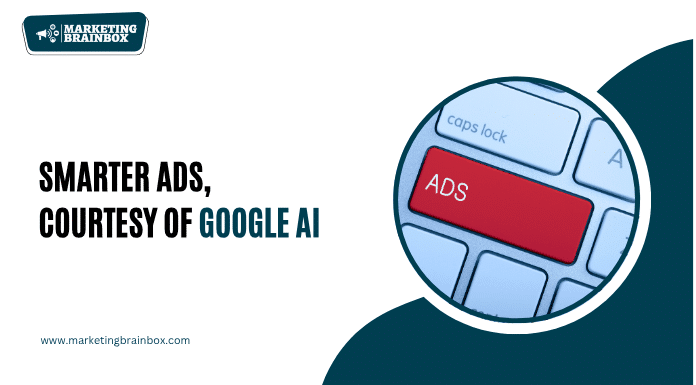AI is changing digital advertising, thanks to Google’s integration of AI into their ad products. At the event in 2025, Google presented a set of AI tools aimed at better handling ads, targeting users and increasing success on their platforms. Google’s goal with these innovations is to make advertising both easier and more successful for advertisers using its powerful AI and information.
Ad Creative AI-Based Tools
With Google’s new tools, advertisers are able to create great ad content with very little work. If an advertiser provides a basic word prompt, generative AI can create headlines, descriptions and images by itself. Indeed, automation is helpful because it quickly delivers ads that will influence those viewers. A business can enter their brand’s desired approach and style and the AI will create content to match them.
With Google’s AI, it is easier to make interesting ad formats such as short videos and virtual trials. Such formats give buyers a chance to look at products as if they were really in a shop, before deciding whether to shop. With these features included, advertisers can improve how users interact and help more users convert.
Improved Ability to Target and Personalize
Google is using its current AI systems to offer new ways for advertisers to target specific groups of people more precisely. Now, using AI Mode on Google Search, users can see ads that are tailored to what they search and how they use the search engine. When someone looks for \”best smartphones,\” they might see offers for mobile devices that evaluate as good for them.
Google’s use of its own Gemini AI tool is key to improving how we know our customers better. The tool learns from user actions and the context of each situation, so ads become both more relevant and served on time, increasing both user satisfaction and ad results.
The Usage of Automation
The company is also working to automate many ad operations, helping advertisers work more efficiently. By using the Performance Max campaigns powered by AI, budgets and ads can be optimized automatically on YouTube, Search and Gmail. Thanks to automation, advertisers don’t need to manually change their campaigns as much to maintain scale.
Google’s AI systems can design images and videos in many forms based on the instructions users give. Advertisers may give instructions and the AI will create options that are consistent with their brand look. With this ability, the process is sped up and all ads keep a similar look regardless of the format or channel.
Impact on Advertising
Advertisers gain a number of benefits by using AI-powered features in Google’s advertising system. First, automating ad making and filtering saves teams time, leaving them to be creative and focus on strategy. Similarly, targeting and personalization features let advertisers place effective ads in front of the audience that is most interested.
In addition, because AI campaigns can be scaled easily, advertisers find it simple to control large projects and get the most out of their investments.
Still, any new technology comes with problems that need to be addressed. The use of AI in advertising ought to meet both ethical and privacy rules. In addition, although AI enhances ad performance, having humans monitor what is done is necessary to preserve the brand’s realness and reliability.
Conclusion
AI-powered advertising tools launched by Google are taking digital marketing in a new direction. Google is giving advertisers the ability to improve their campaigns and deliver results by using AI for automated, personalized ads. Since the advertising industry is always growing, marketers must start using AI to stay ahead of the competition and offer quality experiences to their customers.

